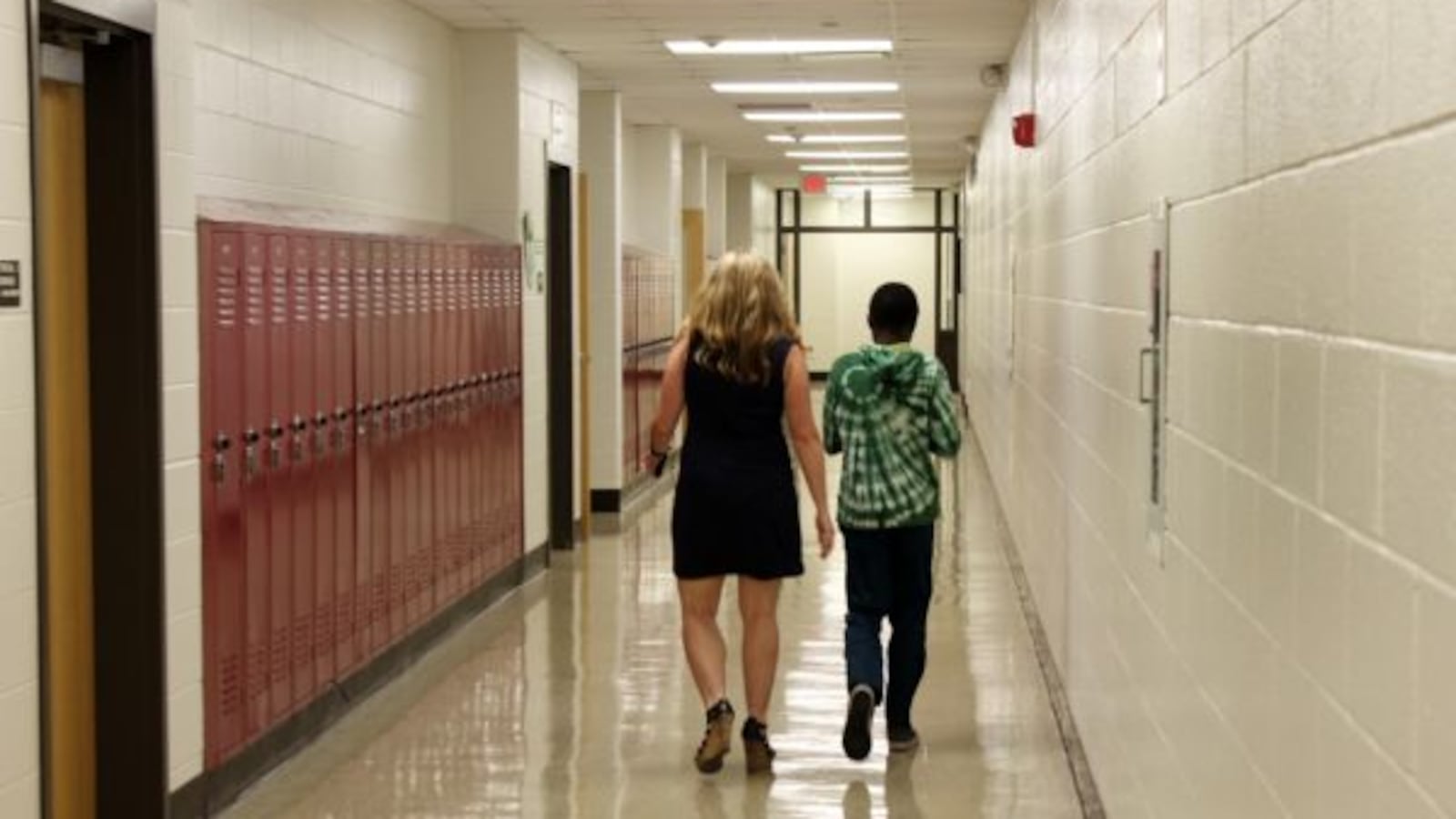With little public support and mounting criticism, Indianapolis’ largest school district may scale back its nearly $1 billion request for increased funding from taxpayers.
Indianapolis Public Schools Board President Michael O’Connor told Chalkbeat on Wednesday that the board would likely consider a proposal next week that would reduce the potential tax increase.
All the board members present voted in favor of asking voters for up to $936 million over eight years at a meeting this past December. But there is a consensus among board members that the original proposal would raise taxes too much, O’Connor said.
“The school system needs more revenue,” O’Connor said. But “we think that’s high.”
Superintendent Lewis Ferebee’s administration is working on coming up with a revised proposal, district chief of staff Ahmed Young confirmed. But officials have not yet finalized how much the amount might be trimmed or what services would be reduced to bring down the price tag.
The revelation comes on the heels of stinging public criticism leveled against the district for asking for such a large tax increase. On Wednesday, Indiana State Board of Education member and Indianapolis resident Gordon Hendry slammed IPS’ plan to raise taxes during a state board meeting.
“This may be the most nonchalant billion-dollar tax increase ever approved by anyone,” said Hendry, a Democrat.
The original plan, which was approved by the state for inclusion on the May ballot less than a week ago, includes a measure that would raise up to $92 million per year for operating expenses such as teacher salaries and one that would pay for up to $200 million in improvements to school buildings.
If voters signed off on the operating referendum, their property taxes would rise by as much as $0.59 on each $100 of assessed value, while the capital referendum would raise $0.1384 per $100 of assessed valuation.
The board will not alter the referendum that provides money for building improvements, O’Connor said. But it will consider changing how much it seeks for operating expenses, the part responsible for the bulk of the tax increase.
In the months since the original proposal was unveiled in November, few advocates or community organizations have spoken out in support of the referendums. Instead, groups such as the Indianapolis Chamber of Commerce stayed quiet as they discussed the plan internally.
It’s important to the city that the school district is successful, said Mark Fisher, chief policy officer for the Chamber. There also is general agreement that the district needs more funding, he said. But the group is waiting to hear more from the administration about how the money will be spent.
“It’s a large amount,” Fisher said. “Is this the right amount?”
Tony Mason from the Indianapolis Urban League raised similar questions.
“IPS definitely requires more support to serve the vast needs of its diverse student population,” Mason wrote in a statement. But the district must make the case in detail for the substantial amount it is requesting.
“IPS needs to be mindful of the already existing and unique tax burdens of those living in the IPS district,” he added.
The district has said the referendums are essential because of declining federal, state, and local revenue. According to the district, the operating referendum would pay for special education services, transportation, and regular maintenance. But the bulk of the money, 72 percent, would help pay regular raises to teachers. The referendum to pay for improvements to school buildings would fund updates such as new lighting and door security.
If it passed, the original operating referendum would increase the district’s annual revenue by nearly $3,000 per student. By comparison, a referendum passed in Washington Township in 2016 raised annual revenue by less than $600 per student.
When the initial plan was announced in December, Ferebee told Chalkbeat that political considerations were not used to determine the amount of the referendums.
“We didn’t arrive at this number based on what we thought would be politically appropriate and soothing, but what we actually need to continue to thrive as an organization,” Ferebee said at the time.
But it appears the political challenge of asking voters to dramatically raise their own taxes is more salient for the board.
Board members have privately heard concerns from constituents about the size of the referendums, O’Connor said. He said the district also needs to present more detail to taxpayers about exactly how the money would be spent.
Because $92 million per year is the estimated maximum amount the district could raise if the measure passes, it was always a ceiling, said Young. After the board voted to pursue the initial proposal, the district has continued to do “due diligence.”
“It’s an evolutionary process,” he added.
On Tuesday, school board member Kelly Bentley told Chalkbeat that reducing the amount the district is seeking could help increase the chance that voters approve the referendums and reduce the burden on taxpayers.
“I believe strongly that we are asking no more than what we need,” Bentley said. “But I would rather be successful than not successful in the referenda.”
Correction: February 15, 2018: This story has been corrected to attribute the statement from the Indianapolis Urban League to Tony Mason.

